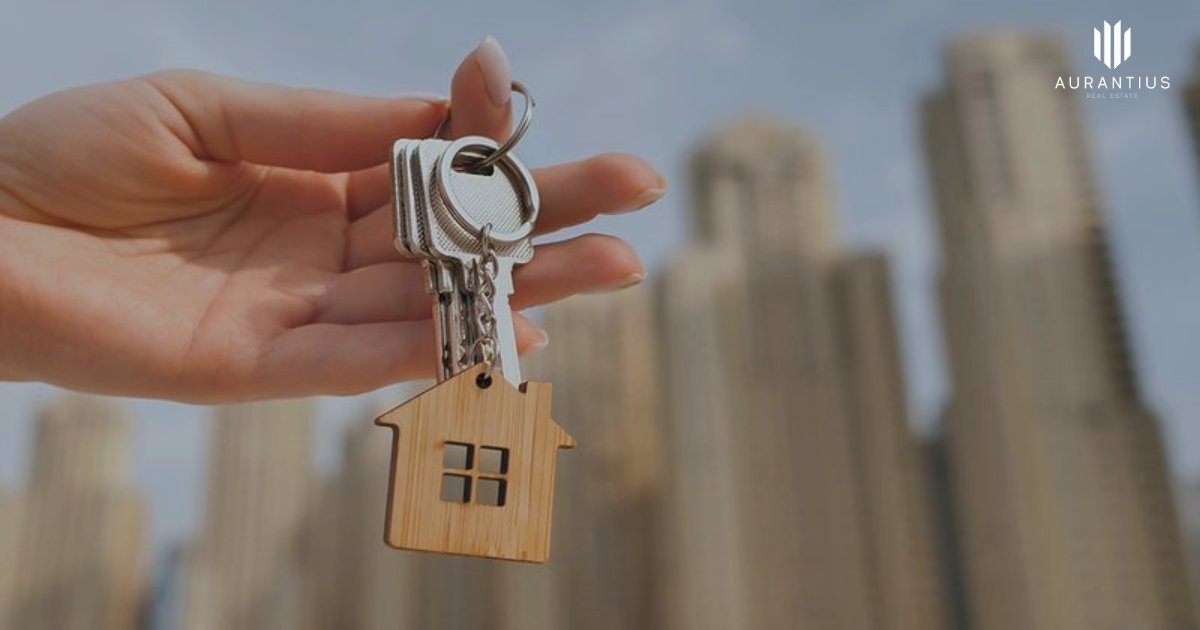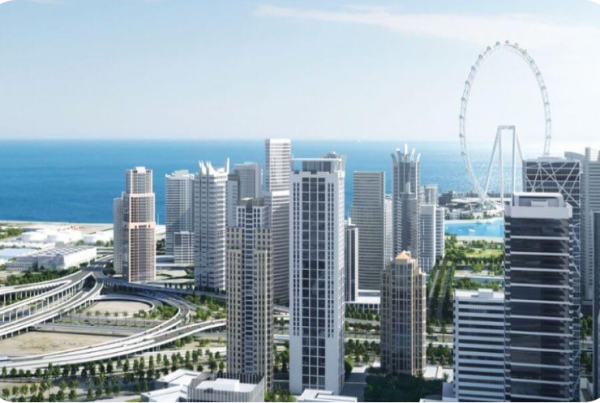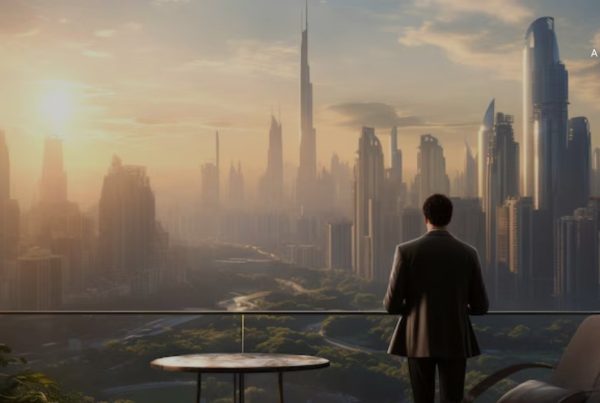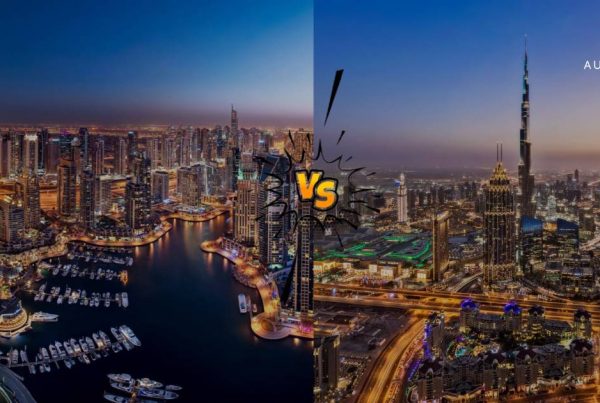Dubai Tenants Can Expect Rents to Stabilise as More Homes Enter the Market
After two years of steep rent increases, Dubai’s rental market is finally approaching a period of balance. With a significant number of residential projects nearing completion, tenants across the city can look forward to greater choice and more stable rental rates throughout 2025 and early 2026. This marks a welcome shift from the record-breaking rent hikes witnessed between 2023 and 2024.
According to Rui Liu, Chairman and Founder of LEOS Developments, the next six months will likely bring “steady growth, though at a more moderate pace than in previous years.” Liu noted that rent increases will be concentrated primarily in established villa communities and centrally located apartment districts, while new supply across emerging areas will help offset further price surges.
Dubai’s Rental Boom Is Cooling Down
Over the past two years, Dubai has experienced one of its most dynamic rental cycles in recent memory. Rising population growth, increased expatriate demand, and a surge in high-net-worth relocations all contributed to double-digit rent growth in prime areas such as Downtown Dubai, Dubai Marina, and Business Bay. However, the wave of new handovers now entering the market is expected to cool the momentum.
Developers have accelerated project completions across family-oriented and mid-market zones like Jumeirah Village Circle (JVC), Al Furjan, and Dubai South, delivering thousands of new apartments and townhouses. This additional stock will help balance demand, particularly for tenants seeking affordable, well-connected homes within master-planned communities.
New Supply Expands Tenant Options
Developers such as LEOS, Emaar, and Nakheel are leading the charge in expanding Dubai’s housing inventory. Projects like The Collection in Dubai Hills Estate, Sobha One in MBR City, and new mid-rise towers in Meydan are bringing fresh rental supply to the market. With these developments nearing handover, tenants will have more opportunities to choose homes that match both their budget and lifestyle preferences.
Industry analysts expect rental stabilisation to occur in phases. Premium villa communities such as Emirates Living and Palm Jumeirah may still witness modest increases due to limited availability, while apartment-focused areas with upcoming supply will likely see rental plateaus or even minor corrections by mid-2026.
Why Rental Stabilisation Benefits the Market
A balanced rental environment benefits both tenants and landlords in the long term. For tenants, it reduces pressure on relocation and housing costs, enabling more sustainable living arrangements. For landlords, stability supports consistent occupancy levels and long-term value appreciation.
Dubai’s continued economic diversification, expanding employment opportunities, and government-backed initiatives—such as the Golden Visa and long-term residence programs—are attracting more expatriates seeking long-term housing. A steady supply pipeline ensures this demand remains healthy while preventing unsustainable rent inflation.
Emerging Communities Driving Growth
Among the emerging hotspots, Dubai South continues to draw attention due to its proximity to Al Maktoum International Airport and Expo City Dubai. Likewise, JVC and Al Furjan have become magnets for young professionals and families looking for affordability and convenience without compromising quality.
Luxury segments are also adapting. In established areas such as Palm Jumeirah and Downtown Dubai, developers are introducing smaller units within high-end towers to cater to long-term renters seeking premium amenities with manageable lease terms. These shifts highlight how Dubai’s property market continues to innovate in response to evolving resident demographics.
Expert Insights: What to Expect in 2026
Market experts forecast that Dubai’s rental growth will stabilise at approximately 3–5% annually by early 2026, depending on location and property type. Communities with high handover volumes—like Dubai Hills Estate, JVC, and Meydan—are likely to witness rental slowdowns, while established villa zones will maintain steady demand.
Additionally, Dubai’s ongoing infrastructure projects, including the expansion of the Dubai Metro and new road connectivity in suburban areas, will continue enhancing accessibility and driving long-term value. These initiatives ensure that tenants in newer communities enjoy the same convenience historically found in central districts.
Conclusion: A Healthier, More Balanced Market Ahead
The Dubai rental market is transitioning from a period of rapid escalation to one of equilibrium. For tenants, this means a wider range of affordable housing choices. For landlords and investors, it signals long-term market maturity that supports sustained rental yields and asset stability.
As new developments reach completion across Dubai’s prime and emerging districts, rent growth is expected to normalise, providing relief to residents after years of intense competition for available homes. Whether in Dubai Marina, Business Bay, or JVC, the outlook remains positive — signalling a more accessible and balanced real estate landscape for all.
Explore the latest community updates and live rental insights across Dubai at Aurantius Real Estate, your trusted source for data-driven property intelligence, market trends, and curated listings.











